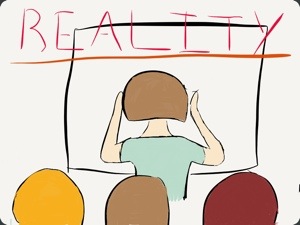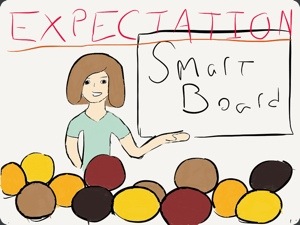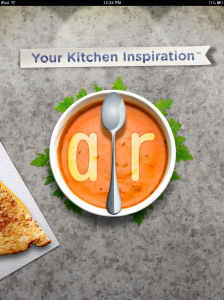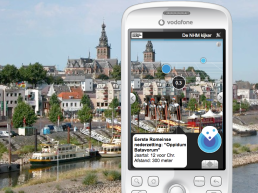What is your idea about technology integration in education now?
EDIT 2000 was a very educational course for me and I learned many new skills that will be useful to me even though I don’t intend on teaching.
What I liked most about this course though was that by the way it was taught, it was made to be just as interesting to non-education majors as it is for future teachers.
Because I didn’t have to learn all sorts of specifically teacher-y things that would have been predominantly unhelpful in my audiology career, I got the chance to learn even more about what interests me and in the meantime have it tie in with the required course specifications of EDIT 2000. For that I am most grateful.
I gained a lot of perspective this semester about how integral technology is in the classroom, even in the broadest sense. Many of the things we learned about could be applied not only to a k-12 classroom but also in college classes or even professional board rooms or in meetings that have the intention of updating the employees on new information.
I interned at an audiologists office a few summers ago, and heard some of them talking about how they would have to go to meetings and essentially take classes to leads about a new procedure, or go to some sort of informational workshop and many of these audiologists word get so frustrated about how slowly the information was presented and always commented on how irritatingly dry these sessions were. If some if the technologies talked about in EDIT 2000 were implemented in these types of situations then I think audiologists would find them not only more bearable but would also take away more from the presentations and in turn have a greater wealth of knowledge in order to better help their patients.
All in all, the possibilities are endless, and that is pretty great.













